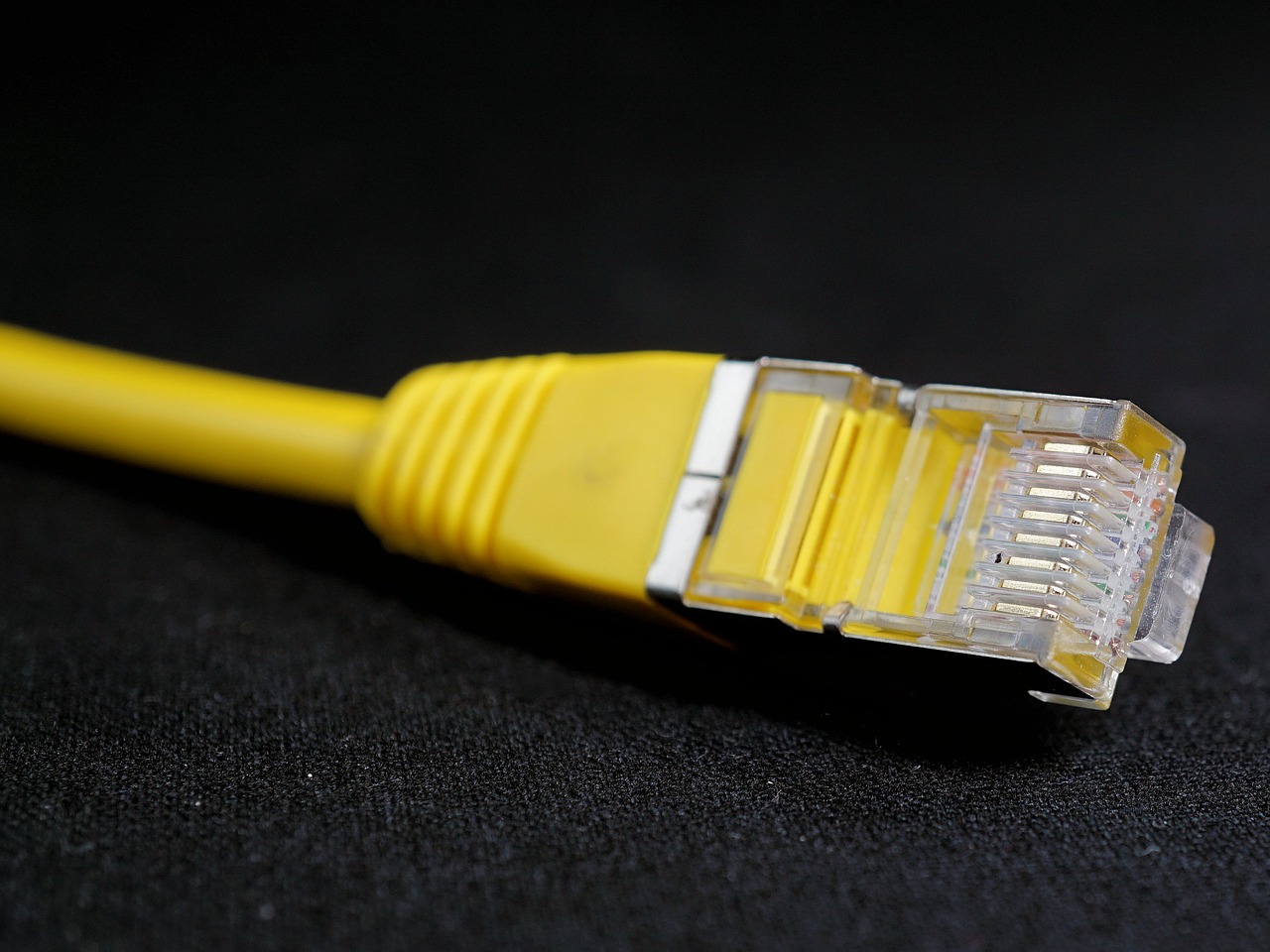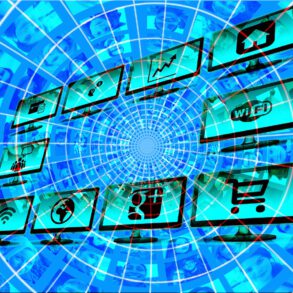Using a network connection, including connecting to the Internet, computers connect to each other to transmit data between them and communicate with each other using the TCP/IP (Transmission Control Protocol / Internet Protocol). Think of TCP/IP as a book of rules, a step-by-step guide that each computer uses to know how to talk to another computer. This book of rules dictates what each computer must do to transmit data, when to transmit data, how to transmit that data. It also states how to receive data in the same manner. If the rules are not followed, the computer will not be able to connect to another computer, nor send and receive data between other computers.
Internet Service Providers (ISP)
Internet service providers (ISP), the companies that provide Internet service and connectivity also follow these rules. The ISP provides a bridge between your computer and all the other computers in the world, which are all a part of the Internet. The ISP uses the TCP/IP protocols to make computer-to-computer connections possible and transmit data between them. When successfully connected to an ISP, you are assigned an IP address, which is a unique address given to your computer or network and allows it to be found while on the Internet.
Home network
If you have a home computer network, the computers are also using TCP/IP to connect to each other. The TCP/IP protocol allows each computer to “see” the other computers on the network and share files between them and is what makes it possible for a printer to be shared on a network.
When computers connect to each other on the same network, it is called a local area network, or LAN. When multiple networks are connected to each other, it is called a wide area network, or WAN. With this type of network, your home has a network router that connects to your ISP. The router is given the IP address for your connection to the Internet and then assigns local IP addresses to each device in your network. These local addresses are often 192.168.1.2-255. When accessing a local computer in your network, your router sends your TCP/IP packets between the local IP addresses. However, when you want to connect to the Internet, your router communicates to the Internet with the IP address assigned to it from the ISP. Your IP address is not a 192.168.x.x address because the ISP assigns that IP address and not your router.
When requesting information from a web page, such as Computer Hope, you enter a URL that is easy to understand and remember. For your computer to access the computer containing the pages, that URL must be converted into an IP address, which is done with DNS. Once DNS has converted the URL into an IP address, the routers on the Internet will know how to route your TCP/IP packet.
Below is a graphic illustration of everything explained above to help better illustrate the process of your computer communicating with another computer on the Internet.
Today, computers using the Microsoft Windows OS, macOS, and Linux OS all use the TCP/IP protocol to connect to other computers on a LAN or WAN. Connecting to a LAN or WAN requires either a wired connection or a wireless connection. A wired connection is usually done using a network cable (Cat5 or Cat6 network cable). A wireless connection (Wi-Fi) is done using a 802.11b, 802.11g or 802.11n wireless network card. With both connection types, a network router is usually required to connect to other computers. Connecting to the Internet at your home also requires either a cable modem or a DSL modem, depending on which ISP you use.




